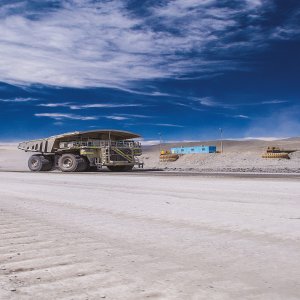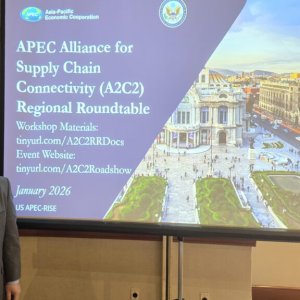The Core of the Mexican Mining Framework

STORY INLINE POST
At the core of the well-structured Mexican mining legal framework stands the process for securing mineral rights. Despite the framework’s efficiency, Jorge Ruíz, Partner at Baker McKenzie, says the framework is hindered by environmental concerns, property rights and the mining royalty. “Miners increasingly need to consider additional elements that revolve around it, such as real estate laws that play a large role in the equation.”
The process for obtaining a mining concession is clear, making venturing into Mexican mining more attractive to foreign investors. “The laws behind the core regulatory aspects of mining, which entitle firms to mineral rights, known as mining concessions, are quite organized and legally upheld by different authorities here and abroad,” Ruíz says. “The process to secure them is clear and to a certain degree, transparent and efficient.” Once a concession has been acquired, it is easy to convey or transfer mineral rights that belong to the Mexican state, as everything that is in the ground is the property of the nation. It can then be loaned to an individual, a company or another entity and proceed to be recorded on a federal registry that is easy to consult online.
The property regime in Mexico can be categorized into three sections: public, private and special mechanisms like ejidos. “The regulation in terms of access to mining operations is comprehensive but I believe ejidos are the most troublesome aspect, as we often do not fully understand what certain properties may mean to local communities,” Ruíz says. Labor laws are equally important elements that need to be prioritized in legal frameworks, he adds. “Without the human factor and the workers dedicated to the mining industry it would be impossible to do anything, even with the development of robots.”
These new technologies, pressure from environmentalists and a growing awareness about the pollution of land and water are pushing mining practices to become more sustainable. Ruíz says companies with mining concessions must consider the need to dip into their pockets. “Always keep in mind that green actions need to go hand-in-hand with another green element, which is money,” he says. “Projects need to be developed with these two things in mind.” Despite the growth of green mining practices, he says legal regulation on this matter continues to stagnate. This has driven the majors in certain municipalities to encourage green practices through financial incentives. “We are starting to see some majors in certain municipalities put pressure on supply chain companies to stop pollution,” he says.
























